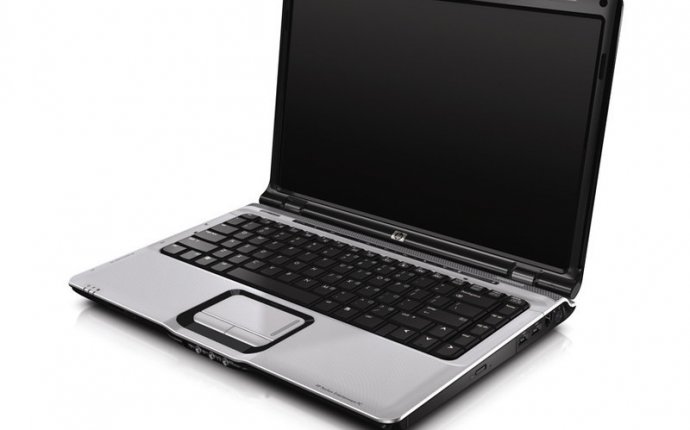
Computer says startup repair
Windows 7 Startup Repair - Step 1.
The Startup Repair tool repairs Windows 7 by replacing important operating system files that might be damaged or missing. Startup Repair is an easy diagnostic and repair tool to use when Windows 7 fails to start properly.
- Watch for a Press any key to boot from CD or DVD... message similar to the one shown in the screenshot above.
- Press a key to force the computer to boot from the Windows 7 DVD. If you do not press a key, your PC will try to boot to the operating system that's currently installed on your hard drive. If this happens, just restart your computer and try to boot to the Windows 7 DVD again.
Note: Not using Windows 7? Every modern Windows operating system has a similar operating system file repair process.
Wait for Windows 7 to Load Files
Windows 7 Startup Repair - Step 2.No user intervention is required here. Just wait for the Windows 7 setup process to load files in preparation for whatever task you might want to complete. In our case it's a Startup Repair, but there are a lot of tasks that could be completed with the Windows 7 DVD.
Note: No changes are being made to your computer during this step. Windows 7 is only temporarily "loading files."
Choose Windows 7 Setup Language and Other Settings
Windows 7 Startup Repair - Step 3.Choose the Language to install, Time and currency format, and Keyboard or input method that you'd like to use in Windows 7.
Click Next.
Click on the Repair Your Computer Link
Windows 7 Startup Repair - Step 4.Click on the Repair your computer link on the bottom-left of the Install Windows window.
Note: Do not click on Install now. If you already have Windows 7 installed, this option is used to perform a Clean Install of Windows 7 or a Parallel Install of Windows 7.
Wait for System Recovery Options to Locate Windows 7 on Your Computer
Windows 7 Startup Repair - Step 5.System Recovery Options, the set of tools that contains Startup Repair, will now search your hard drive(s) for any Windows 7 installations.
You don't need to do anything here but wait. This Windows installation search shouldn't take more than a few minutes at most.
Choose Your Windows 7 Installation
Windows 7 Startup Repair - Step 6.Choose the Windows 7 installation that you'd like to perform the Startup Repair on.
Click the Next button.
Note: Don't worry if the drive letter in the Location column does not match the drive letter that you know Windows 7 is installed on in your PC. Drive letters are somewhat dynamic, especially when using diagnostic tools like System Recovery Options.
For example, as you can see above, my Windows 7 installation is listed as being on drive D: when I know that it's actually the C: drive when Windows 7 is running.
Choose the Startup Repair Recovery Tool
Windows 7 Startup Repair - Step 7.Click on the Startup Repair link from list of recovery tools in System Recovery Options.
As you can see, several other diagnostic and recovery tools are available in the Windows 7 System Recovery Options including System Restore, System Image Recovery, Windows Memory Diagnostic, and Command Prompt.
In this guide, however, we're only repairing operating system files using the Startup Repair tool.
Wait While Startup Repair Searches for Problems With Windows 7 Files
Windows 7 Startup Repair - Step 8.The Startup Repair tool will now search for problems with files that are important to the proper functioning of Windows 7.
Whatever happens, follow the prompts as necessary and accept any changes suggested by Startup Repair.
Important Note:
If you want the Startup Repair to work properly, you must remove any flash drives or other USB storage devices, like external hard drives, from your computer before running the tool. Due to the way some computers report the storage space on USB connected drives, the Windows 7 Startup Repair may incorrectly report that it found no problems when in fact there may actually be an issue.
If you've already started, or completed, the Startup Repair and you realize that you have a USB storage device connected, just remove it and restart these instructions at Step 1.
Wait While Startup Repair Attempts to Repair Windows 7 Files
Windows 7 Startup Repair - Step 9.Startup Repair will now attempt to repair whatever problems it found with Windows 7 files. No user intervention is required during this step.
Important: Your computer may or may not restart several times during this repair process. Do not boot from the Windows 7 DVD on any restart. If you do, you'll need to restart immediately so the Startup Repair process can continue normally.
Note: If Startup Repair did not find any problem with Windows 7, you won't see this step.
Click Finish to Restart to Windows 7
Windows 7 Startup Repair - Step 10.Click the Finish button once you see the Restart your computer to complete the repairs window to restart your PC and start Windows 7 normally.
Important: It's possible that Startup Repair didn't fix whatever problem you were having. If the Startup Repair tool determines this itself, it may automatically run again after your computer restarts. If it does not automatically run but you're still seeing problems with Windows 7, repeat these steps to run Startup Repair again manually.









